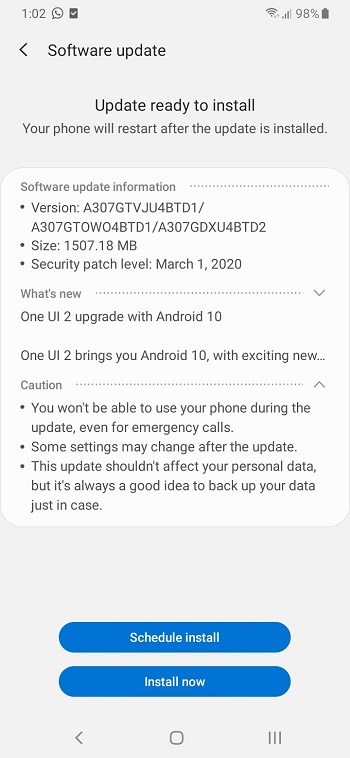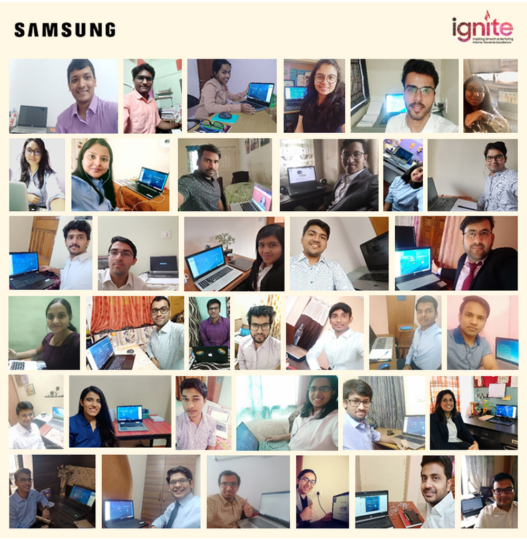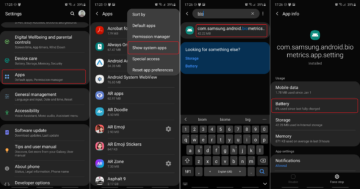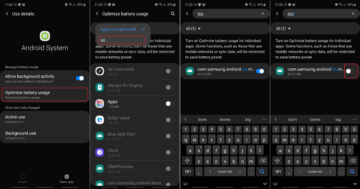The Galaxy S20 lineup, and the Galaxy S20 Ultra in particular, was supposed to turn over a new leaf for Samsung. It marked the start of a new decade which a show of dominance from Samsung that it could also compete on hardware with the best of the best. The Galaxy S20 Ultra has understandably had the most attention given its bonkers camera setup and its high price tag.
This increased scrutiny of Samsung’s most expensive Galaxy S flagship yet has also led to a lot of criticism. The camera software and the Exynos processor’s shortcomings have been particularly criticized for leaving a lot to be desired. All this has made me wonder what’s up with the Galaxy S20 Ultra?
There’s no debating that the Galaxy S20 Ultra features the best camera hardware of any smartphone on the market right now. It’s just bonkers what Samsung has been able to fit inside it. However, it seems that the software team didn’t do a good enough job to extract the best possible performance out of the hardware.
Slow autofocus issues were quickly pointed out by users when the Galaxy S20 Ultra went on sale. An update was sent out a month ago to address these issues. An annoying focus issue with the zoom camera was fixed in another update that was released two weeks ago. All of this should have been well optimized before the device hit the market but it was evident that the software just wasn’t good enough. For a device of the Galaxy S20 Ultra’s caliber and price, this should never have happened.
Samsung also continues to face criticism for the Exynos 990 processor in the Galaxy S20 lineup. The performance just hasn’t been good enough compared to the Snapdragon 865. Customers who can only buy the Exynos variant feel that they get the short end of the stick compared to customers in markets where the Snapdragon variant is sold. Samsung’s statement about continuing to use different chips for different markets was unconvincing and the company’s shareholders are even pressing for more clarity on the matter. An online petition calling for an outright end to Exynos processors on flagship phones has received over 42,000 signatures.
Yes, the camera software was initially not optimized enough on the Snapdragon variant either, but at least it offered top-notch performance with greater battery life and less of a tendency to heat up. The Exynos 990 isn’t quite as power efficient and also has a performance gap when compared with the Snapdragon 865. If that wasn’t enough, a new bug has been reported today which only appears to be present on the Exynos variant. It applies an annoying green tint to the display when the brightness is lowered in apps that revert to the 60Hz refresh rate.
What irritates me the most is that Samsung had plenty of time to really optimize the software for the Galaxy S20 Ultra and also improve the Exynos 990’s stats against the Snapdragon 865 but it clearly didn’t. It’s clear that all is not as it should be inside Samsung’s mobile division, making it almost seem like there aren’t enough minds devoted to all flagship projects. The Galaxy S and Galaxy Note lineups are Samsung’s most important products and since last year, foldables have been added to the mix as well. Samsung is understandably focusing more on foldables since they are the future and it wants to establish dominance in that niche, but would that be worth it if it comes at the expense of user experience on existing flagship lines?
Many Samsung fans prefer the Galaxy Note lineup more as it has always been geared towards customers to want to get work done on the fly. Such user experience issues will seriously irk Note loyalists if this repeats itself on the Galaxy Note 20 due later this year. One can only hope that Samsung’s next flagship phablet will be able to offer a much better post-launch experience than the Galaxy S20 Ultra has been able to.
For me, personally, the Galaxy S20 Ultra has been a letdown. That’s why I have switched back to my Galaxy Fold. Even though it doesn’t have all of the crazy tech that the Galaxy S20 Ultra does nor its impressive battery life, but at least the software is more refined. The Galaxy Fold also stands out as a unique device, even now it turns heads and is a great ice breaker. It’s still the best of what Samsung has to offer.
The post What’s up with the Galaxy S20 Ultra? It still leaves a lot to be desired appeared first on SamMobile.
from SamMobile https://ift.tt/2ygOOtE
via
IFTTT
















